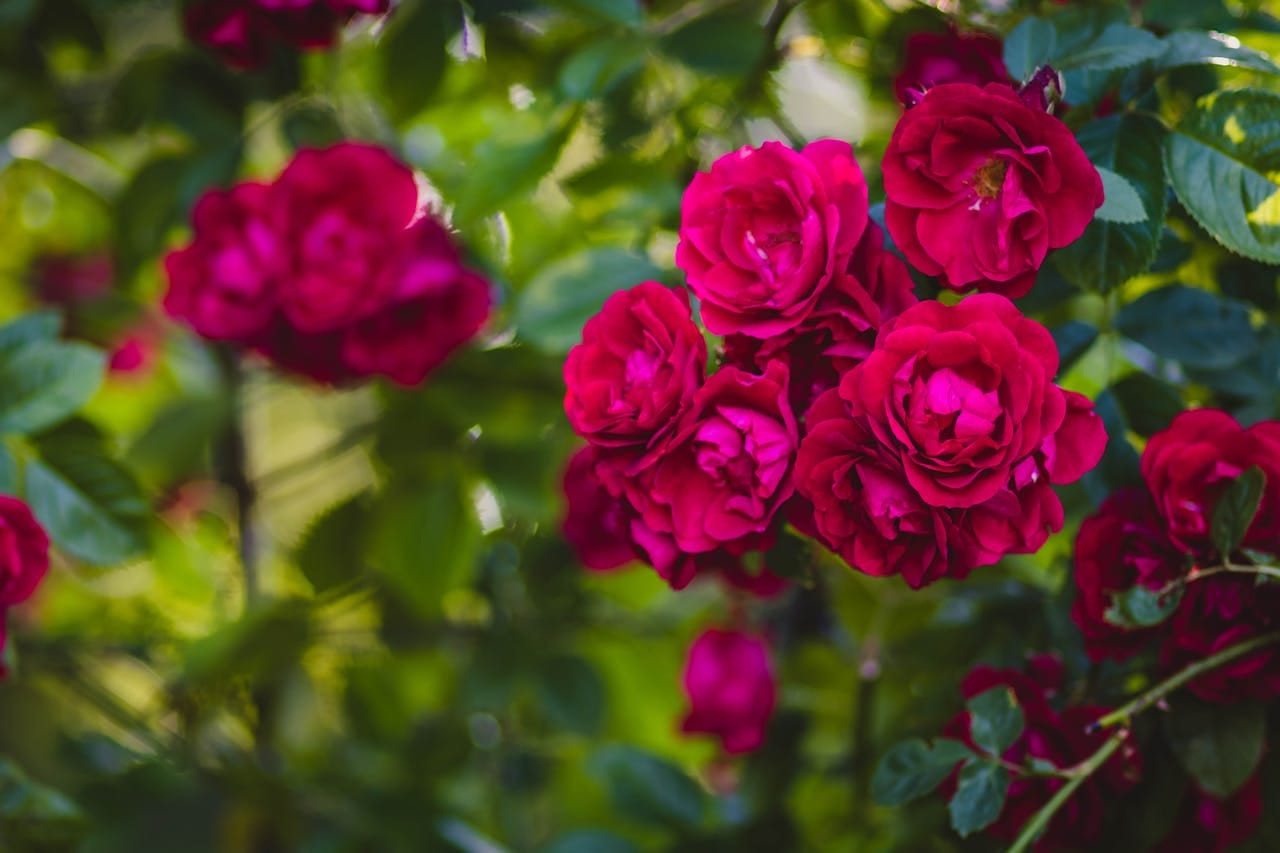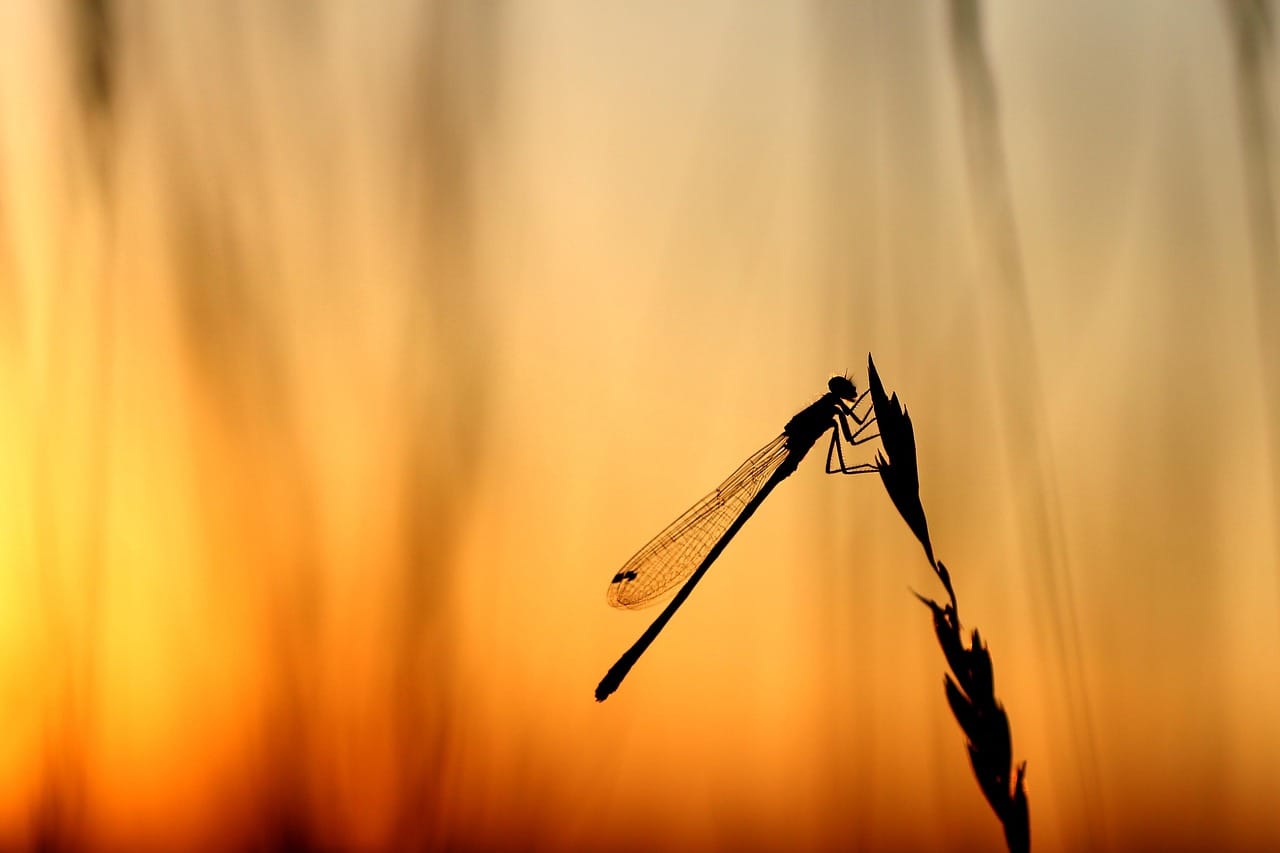So, you’re thinking about growing roses? Great choice. Roses aren’t just gorgeous — they’re surprisingly doable once you understand the basics.
Whether you’ve got a big backyard or just a few containers on your patio, learning how to take care of roses can turn your garden into something seriously impressive.
In this guide, we’re gonna walk through everything you need to know about roses — how to choose the right type, plant them the right way, water them without overdoing it, prune like a pro, move them if needed, and keep pests from messing things up. We’ll even get into seasonal care and answer the most common questions gardeners have.
No fluff. Just clear and useful info that’ll help you grow healthy, blooming rose bushes, even if you’ve never planted a thing before.
Stick around — by the end, you’ll be ready to give roses exactly what they need to thrive.
Why Roses Are the Queen of the Garden
There’s a reason roses get so much attention — they’re classic, bold, and make any garden look like you really know what you’re doing.
But don’t worry, you don’t have to be an expert (yet).
First off, there are a lot of different types of roses. You’ve got:
- Hybrid teas – the tall ones with single blooms on long stems.
- Floribundas – they bloom in clusters.
- Climbers – perfect for trellises and fences.
- Shrub Roses – low maintenance, bushy.
- Miniatures – great for pots or tiny spaces.
Each one has its own vibe, so you’ve got options no matter what kind of space you’re working with.
Besides just looking great, roses bring other perks too.
Many are pollinator magnets — bees love them. Some varieties also have that famous fragrance, which is a game-changer for outdoor spaces.
And honestly? There’s just something satisfying about seeing your own roses bloom after you’ve put in the work.
Roses also have a reputation for being high-maintenance — but let’s be real, a lot of that comes from people not understanding what they actually need.
Once you get the hang of it, rose care becomes routine. It’s just about knowing what to do, when to do it, and not panicking when something goes wrong.
So whether you’re dreaming of a show-stopping rose arch, a neat row of bushes, or a few cheerful blooms by your door, this guide’s got you covered.
You may also like:
Choosing the Right Rose for Your Climate and Garden
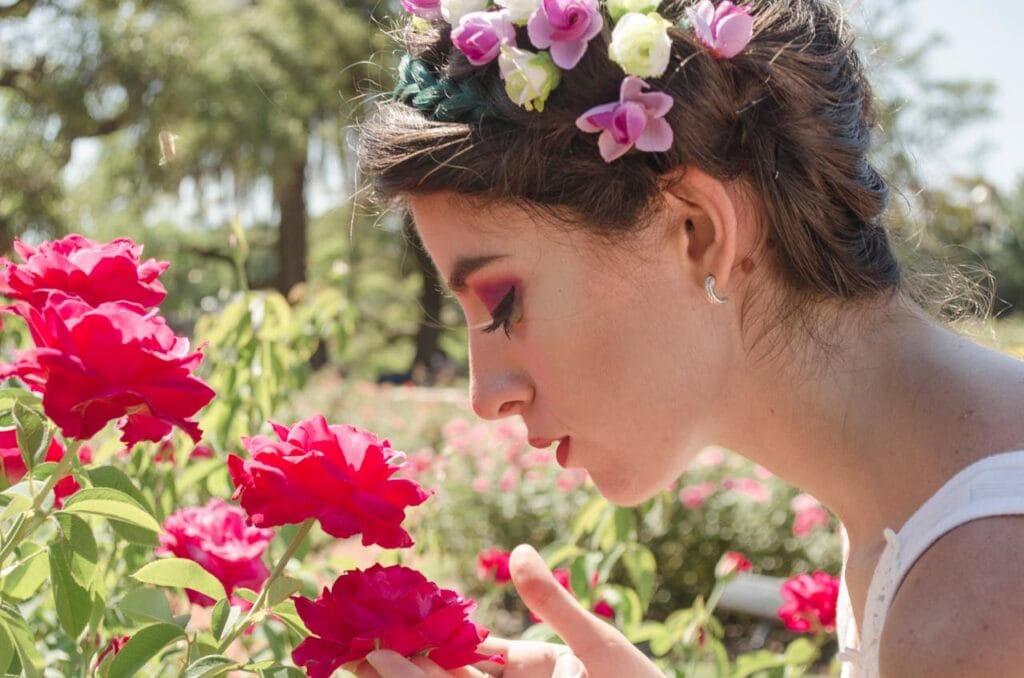

Alright, before you grab a shovel or head to the nursery, let’s talk about choosing the right rose. This step can make or break your rose-growing experience — no joke.
The trick? Matching the rose to your climate, space, and experience level.
Climate comes first
If you’re in the U.S., check your USDA hardiness zone. In Canada, it’s similar — colder zones need hardy varieties. The UK has milder, wetter weather, so disease resistance matters. Australia? You’ll want sun-tolerant roses that can handle heat without frying.
Roses like sun. We’re talking at least 6 hours of direct light a day. If you’ve got a shady spot, you might want to rethink — roses won’t bloom well without enough sun.
And they hate soggy roots, so good drainage is a must.
In the ground or in a pot?
No yard? No problem. Many roses — like patio roses and miniatures — grow beautifully in containers. Just make sure your pot has drainage holes and enough room for roots to stretch out.
Best roses for beginners
New to this? Go for shrub roses, Knock Out roses, or David Austin English roses. They’re reliable, low-maintenance, and still totally stunning.
Avoid super finicky varieties until you’ve got a season or two under your belt.
Quick tip: Don’t just buy the prettiest rose you see — check the label. Look for disease resistance, bloom cycle (once or repeat), and size when mature.
Taking a little time to choose the right rose now means way less frustration later.
And honestly? That first healthy bloom feels even better when you know you picked the perfect plant for your garden.
You may also like:
How to Plant Roses: Step-by-Step
Now that you’ve picked the perfect rose, let’s get it in the ground (or pot) the right way.
Planting roses isn’t hard, but there is a right way to do it — and getting it right early sets the stage for strong, healthy growth.
1. When to plant
The best time to plant roses depends on where you live. In most places, early spring is ideal — after the last frost but before it gets too hot.
In warmer climates like parts of Australia or the southern U.S., fall can work too.
2. Get the soil right
Roses love rich, well-draining soil. Aim for a slightly acidic pH — around 6.0 to 6.5. If you’re not sure about your soil, grab a cheap test kit at your garden center.
If it’s heavy clay, mix in compost and sand to loosen it up. For sandy soil, add compost to improve water retention.
3. Dig, drop, and settle in
Dig a hole that’s about twice as wide as the root ball and just as deep.
Make a small mound of soil in the center of the hole. Spread the roots over the mound (if bare root), or just place the potted plant in and backfill around it.
Position the rose so the graft union (the knobby bump near the base) is just above soil level in warm areas, or slightly below it in colder regions.
4. Mulch and water
Once it’s planted, water deeply. Then add a 2–3 inch layer of mulch (like bark or compost) around the base — not touching the stem — to keep moisture in and weeds out.
That’s it! You’ve officially planted a rose. Give it a bit of time, and it’ll reward you big time.
You may also like:
Watering and Feeding Roses for Optimal Growth
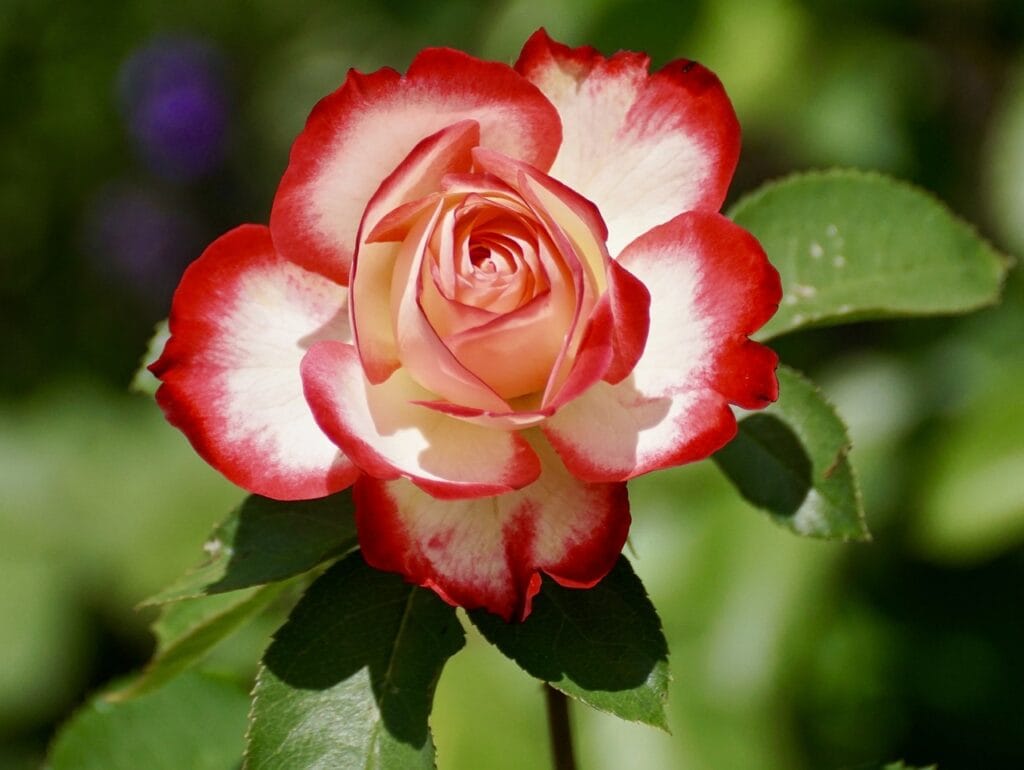

Once your roses are in the ground, they’ll need a good routine — not too much fuss, just the right kind of care.
And that starts with watering and feeding them the right way.
How often should you water?
Here’s the deal: roses like deep, infrequent watering. That means soaking the soil so water gets down to the roots, not just wetting the surface.
Typically, once or twice a week is enough — more if it’s hot and dry. In containers, they dry out faster, so check the soil often.
Early morning is the best time to water. Avoid watering at night — it can leave leaves damp for too long and invite disease.
And always water at the base, not overhead. Wet foliage = higher risk of black spot and mildew.
Feeding your roses
Roses are hungry. To keep them blooming strong, feed them regularly during the growing season. Use a balanced rose fertilizer or organic options like composted manure or fish emulsion.
Here’s a simple feeding schedule:
- Early spring: Apply the first dose after pruning.
- Mid-season (about 6–8 weeks later): Feed again to support blooming.
- Late summer: Optional light feeding, but skip it if winter comes early where you live.
Watch for signs your roses need more nutrients — yellowing leaves, weak stems, small blooms.
Just don’t overdo it. Too much fertilizer can burn roots and encourage leafy growth with fewer flowers.
With the right balance of water and nutrients, your roses will be healthier, more productive, and way easier to manage in the long run.
You may also like:
Pruning Roses: When, Why, and How
Pruning roses can feel intimidating at first. But once you understand the basics, it’s actually pretty straightforward.
Plus, it’s one of the best things you can do to keep your rose bushes healthy, shapely, and blooming like crazy.
Why prune in the first place?
Think of pruning like a reset button. It clears out dead or diseased wood, encourages new growth, and keeps your rose bush from turning into a wild mess.
It also improves air circulation — super important for keeping mildew and black spot at bay.
When to prune
Timing depends on your climate, but here’s a general rule: prune in early spring, just as buds begin to swell but before new growth really takes off.
In cold regions (like parts of Canada or the northern U.S.), wait until the last hard frost has passed.
In milder areas (like much of the UK or Australia), you can prune in late winter or early spring.
How to prune (without panicking)
Start by removing any dead, damaged, or crossing branches.
Cut at a 45° angle, about ¼ inch above an outward-facing bud. That encourages growth away from the center of the plant.
For hybrid teas and floribundas, cut back to about 12–18 inches tall. For shrub and climbing roses, shape them but don’t go too hard.
Always use sharp, clean pruners. Dirty blades can spread disease.
And don’t stress if it’s not perfect. Roses are resilient. In fact, they’ll often bounce back stronger after a good pruning.
Transplanting Roses Without Stress
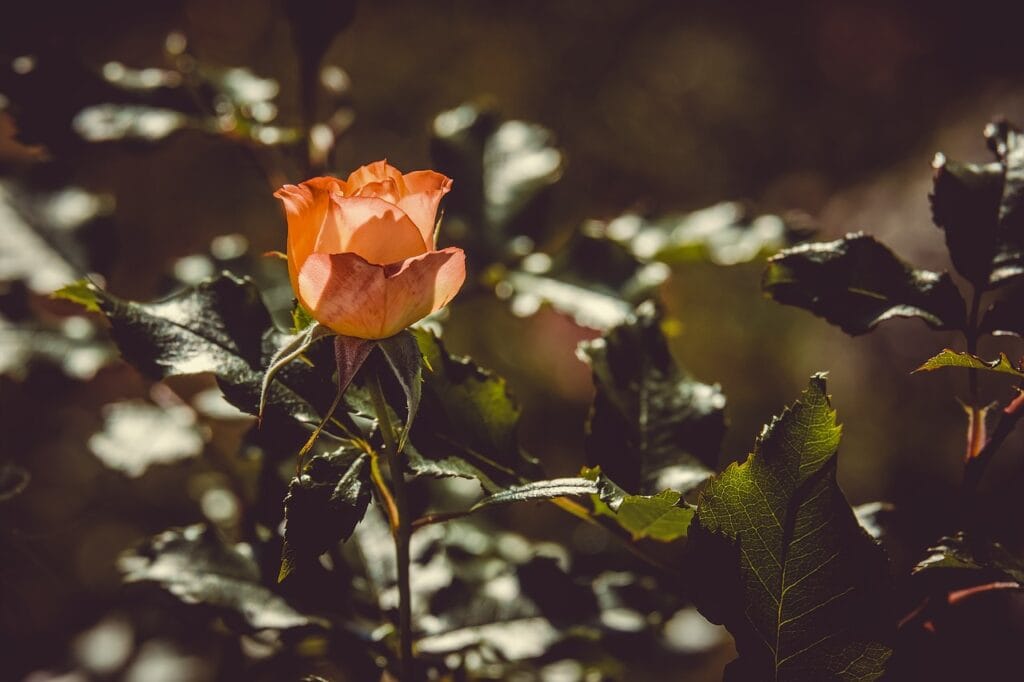

Yep, you can move a rose bush — and no, it doesn’t have to be a traumatic experience (for you or the plant).
Transplanting roses is totally doable if you time it right and handle it with care.
When should you transplant?
The best time to move a rose is during its dormant period — late fall to early spring, depending on your climate.
In colder areas, do it after the plant goes dormant but before the ground freezes. In warmer spots, early spring is usually best.
Avoid transplanting in the heat of summer unless it’s absolutely necessary. That’s just asking for wilted leaves and stress.
Prepping the rose
Water the rose deeply the day before moving it. This helps hydrate it and makes digging easier.
Cut it back by about one-third to reduce water loss and make handling easier.
Mark the top side of the plant so you can replant it facing the same direction (this helps it adjust faster).
Dig and replant
Dig a wide circle around the rose to preserve as much of the root ball as possible. Go deep — at least 12–18 inches.
Lift it gently and move it quickly to its new hole (which should be pre-dug and ready).
Replant at the same depth it was growing before. Water thoroughly, then mulch to help retain moisture.
Aftercare
Roses might sulk a little after the move — that’s normal. Just keep it well-watered (but not soggy) and skip the fertilizer for a few weeks while it settles in.
Done right, your rose will bounce back and grow like nothing ever happened.
Common Rose Pests and Diseases (and How to Treat Them)
Let’s be real — roses are beautiful, but they’re also like magnets for bugs and disease.
The good news? Most problems are manageable if you catch them early. Here’s what you need to know to keep your roses healthy and thriving.
Watch for these usual suspects
- Aphids – Tiny green, black, or white bugs that cluster on new growth. They suck sap and slow things down. Fix: Blast them off with water or spray with insecticidal soap. Ladybugs also love to snack on them.
- Spider mites – Super small, usually under leaves. Look for tiny webs and yellowing foliage. Fix: Hose down your plant (they hate humidity), or use neem oil.
- Japanese beetles – Metallic bugs that chew leaves and flowers. Fix: Hand-pick them in the morning or use traps away from your rose beds.
Common diseases to know
- Black spot – Looks like… well, black spots on leaves. Causes yellowing and leaf drop.
- Powdery mildew – White, powdery coating on buds and leaves.
- Rust – Orange/red spots on the underside of leaves.
Fix for all of these: Prune infected parts, improve airflow, and avoid overhead watering. For stubborn cases, try a rose-safe fungicide.
Prevention is everything
Space your roses properly. Don’t crowd them. Keep them pruned and cleaned up — especially fallen leaves. Healthy plants are naturally more resistant.
Organic gardener? Try companion planting with garlic, lavender, or marigolds to deter pests naturally.
Bottom line: keep an eye out, act fast, and don’t freak out — even the pros deal with this stuff.
Winterizing and Seasonal Rose Care


Roses aren’t totally set-it-and-forget-it. They’ve got different needs as the seasons change — especially if you live somewhere with freezing winters or blazing summers.
But don’t stress — seasonal rose care is more about timing than complexity.
Winter prep: don’t let frost win
In cold climates (like much of the U.S., Canada, or northern UK), winter is the biggest threat. Once the first hard frost hits and the plant goes dormant:
- Prune lightly to remove dead or weak branches — save heavy pruning for early spring.
- Mulch heavily around the base (4–6 inches) with compost, straw, or shredded leaves.
- In freezing areas, mound soil around the base of the plant and consider covering with burlap or a rose cone for extra protection.
If you’re in a warmer region (parts of Australia or the southern U.S.), just keep roses watered through dry spells and maybe give a light prune to shape them.
Spring: time to wake up
This is when you do the major pruning. Remove dead wood, shape the plant, and apply your first round of fertilizer. It’s also the time to watch for early signs of pests or disease.
Summer: maintain mode
Keep up with regular watering, deadhead spent blooms to encourage new ones, and check for bugs. In hotter climates, mulch is your best friend — it keeps roots cool and soil moist.
Fall: slow things down
Stop fertilizing 6–8 weeks before the first expected frost to avoid pushing out tender new growth. Remove diseased leaves and clean up around the base to prevent overwintering pests.
Get this rhythm right, and your roses will reward you with season after season of gorgeous blooms.
Conclusion: Let Roses Thrive in Your Garden
So, can you really grow amazing roses at home? Yep — and now you know how.
With the right rose variety, a bit of prep, smart watering, thoughtful pruning, and seasonal care, roses can be one of the most rewarding (and surprisingly low-maintenance) plants in your garden.
Don’t worry about getting everything perfect the first time. Gardening is all about learning as you go. Just keep an eye on your plants, listen to what they’re telling you, and make small adjustments as needed.
Once you see those first blooms opening up — especially after doing the work yourself — it’s all worth it.
So go for it. Get your hands a little dirty and let those roses thrive.
Got your own tips, success stories, or even a few rose-growing fails? Drop them in the comments below! Your experience can help others grow better too.


